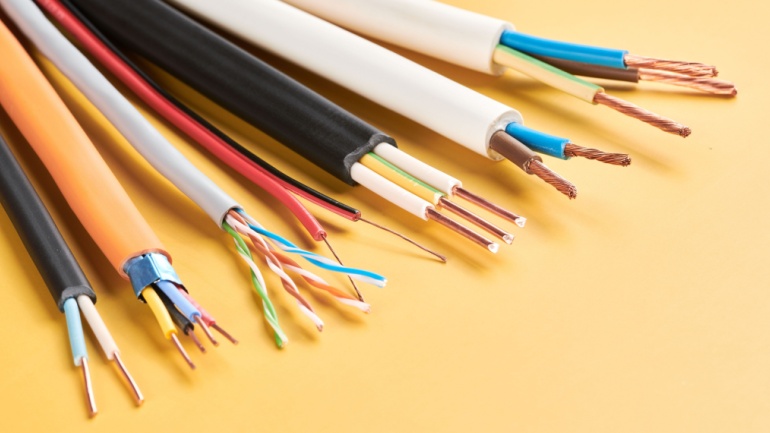In developed markets, copper telecom networks are rapidly being replaced by more efficient fiber optic cables. Despite this shift, the value of copper is surging in other sectors, particularly in electric vehicles and renewable energy. The metal’s worth has soared over 50% from pre-pandemic levels due to high demand and lower mining outputs, with forecasts suggesting a further 50% increase in demand by 2040.
A recent report by engineering firm TXO highlights the potential value hidden in legacy copper networks. Telecom companies could recover up to 800,000 tons of copper by 2035, translating to approximately $7 billion at current market prices.
Telecom companies are already acting on this opportunity. For instance, Openreach in the UK plans to reclaim 200,000 tons of copper over the next 15 years. While extracting and preparing these cables for sale is labor-intensive and expensive, the high copper prices make the effort profitable.
Openreach confirmed this profitability in a statement to Bloomberg, noting that the net income remains positive after covering extraction and processing costs.
However, the valuable copper also attracts thieves, posing a significant challenge for telecoms, especially in less developed markets. Although this issue is diminishing as fiber optic networks become more prevalent, it still results in substantial financial losses annually.







